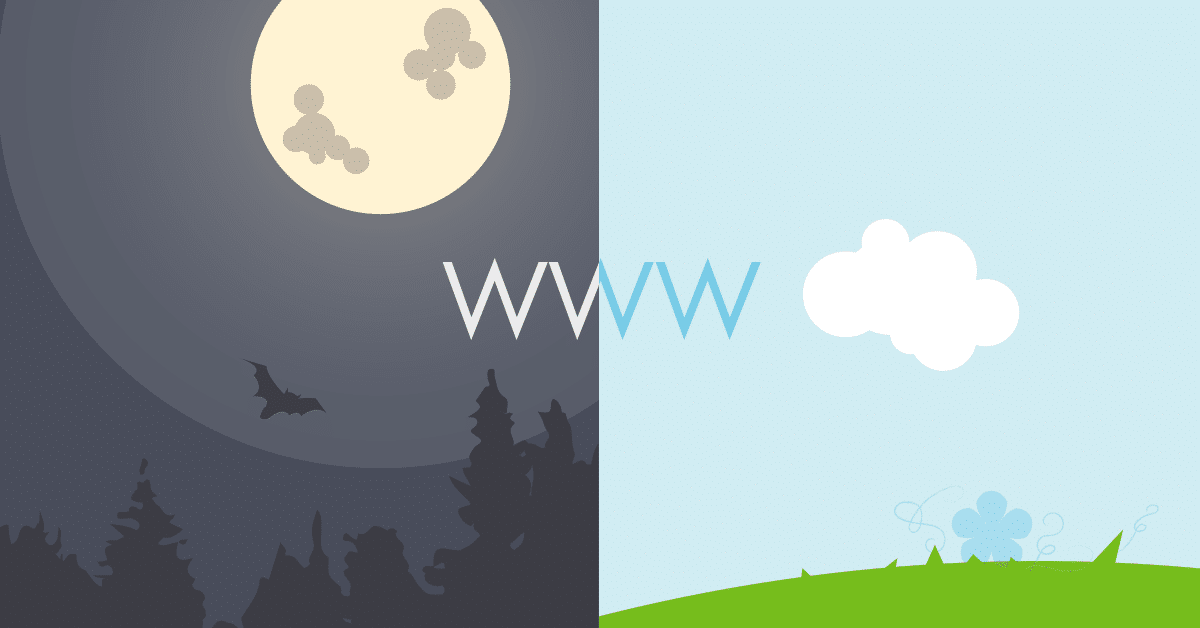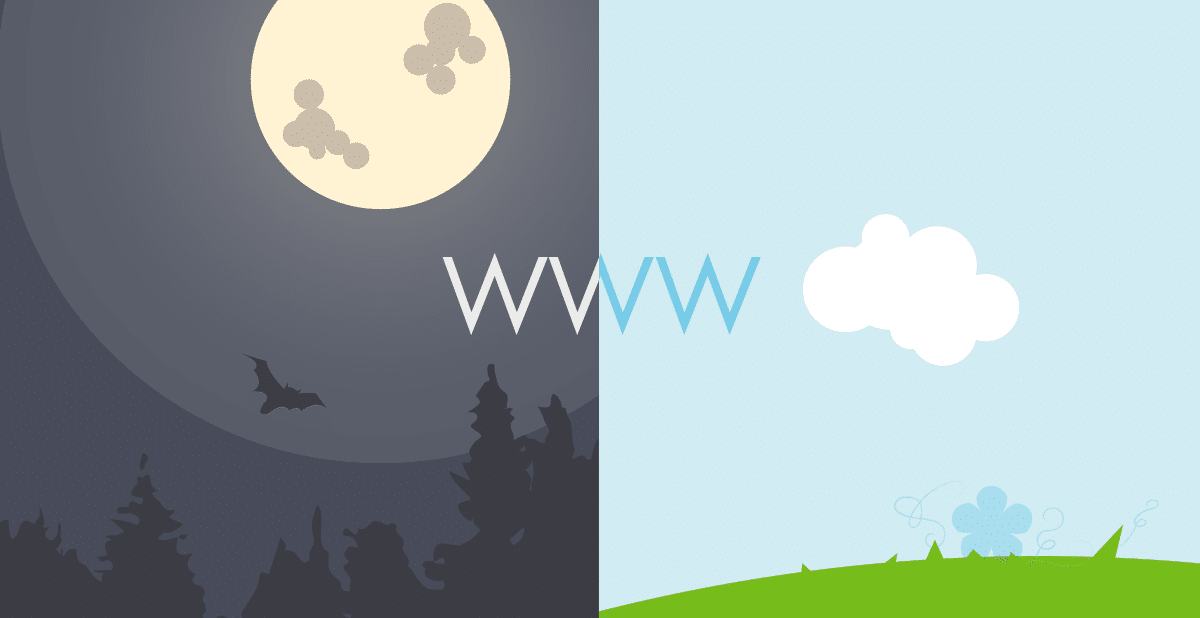I see it all the time. Startups, churches, awesome non-profits, international companies, they’re all victims of it. “I’m not sure where my domain name is. I think my current (soon to be past) web designer has it.”
Yeah, this isn’t going to end well.
Too many companies are letting web designers and agencies handle their domain names. Some are decent enough to at least have the registrant information in the client’s name, but to be honest, that is far too often not the case.
So here we go, it’s time for the client to search for a new web designer (to simplify, we’ll use this to include designers, developers, marketing companies, agencies, etc.) and the question comes up, “Do you have access to your domain name?”
This is about to go down some different paths …

Your Domain Name
Brick paved walkway with green grass.
This sounds nice already, right? It is, and what makes it so special is it can be rare. The client responds, “We sure do”. Someone in the office does an amazing job of keeping all of their passwords and access information in a safe place. They have their own account with the domain registrar and all is well. This is a beautiful and short path. Happy ending, roll the credits.
Rolling hills with some cracks in the walk way.
“Oh, I’m not sure. Maybe contact our web designer. They may know”. Great. So you contact the web designer, and what do you know, they’re a great guy/girl/team and supply everything you need and work with you, no problem. Okay. So not terrible but still, there is one more version of this which makes it a risk.
Potholes, dead trees, crows… you get it.
“Oh, I’m not sure. Maybe contact our web designer. They may know”. You know what? They do know. The client’s domain name is in their account with 100 other client domain names. They may or may not have the client’s name on the domain registration but it doesn’t even matter. Why? They’re losing a client and that means it’s time to burn every bridge.
Sometimes getting the client involved and pushing a little, begrudgingly they give you access. Getting the domain transferred to the client’s own account is a painful process that clearly isn’t a high priority because, well… they’re sore and unprofessional. This is the best scenario on this road. More often then it should happen (which is more than never), the web designer goes into fight mode and threatens the client. At that point, you choose to invest time trying to get the domain back by going to the registrar, lawyering up, or letting the domain name go and finding something new.
So what’s the point of all this?
If just one start-up, church, awesome non-profit, or international company learns to own and control their domain, it’s one less bad situation that could be avoided. Choose your web designer. They may be the best company in the world run by the best people in the world, but own your domain name. Let them host your website, let them help you build an amazing website with a great strategy and solid goals, but, own your domain name. Have it in your own account and keep your login credentials in a safe place.
Thanks for reading! If you liked it, please share and come back for more articles in the future.
FAQs
Why should I own my own domain name?
Owning your own domain name ensures that you have full control over your online presence, preventing issues if you switch web designers or agencies. It also avoids potential conflicts, such as difficulty transferring the domain or losing access if relationships with your web designer sour.
What can happen if my web designer owns my domain name?
If your web designer controls your domain, you risk losing access if there are disputes, delays in transferring ownership, or, in worst cases, the designer may refuse to cooperate after a falling out. This can lead to legal challenges or the need to secure a new domain.
How can I find out if I own my domain name?
You can check the domain registration details by looking it up through a WHOIS lookup service. The registrant information should list your name or your organization’s name. If it doesn’t, you may need to contact your web designer to gain control.
What steps should I take to transfer my domain name to my own account?
To transfer your domain to your own account, contact your current registrar and initiate a domain transfer. You will need to set up an account with a registrar if you don’t already have one. Once transferred, ensure that all registration information is updated and securely store your login credentials.
- 5 Tactics for Increasing Black Friday and Cyber Monday Sales in 2024 - March 5, 2024
- 5 Most Important Google Ads Metrics - July 11, 2023
- What is Headless Commerce? - May 23, 2023
